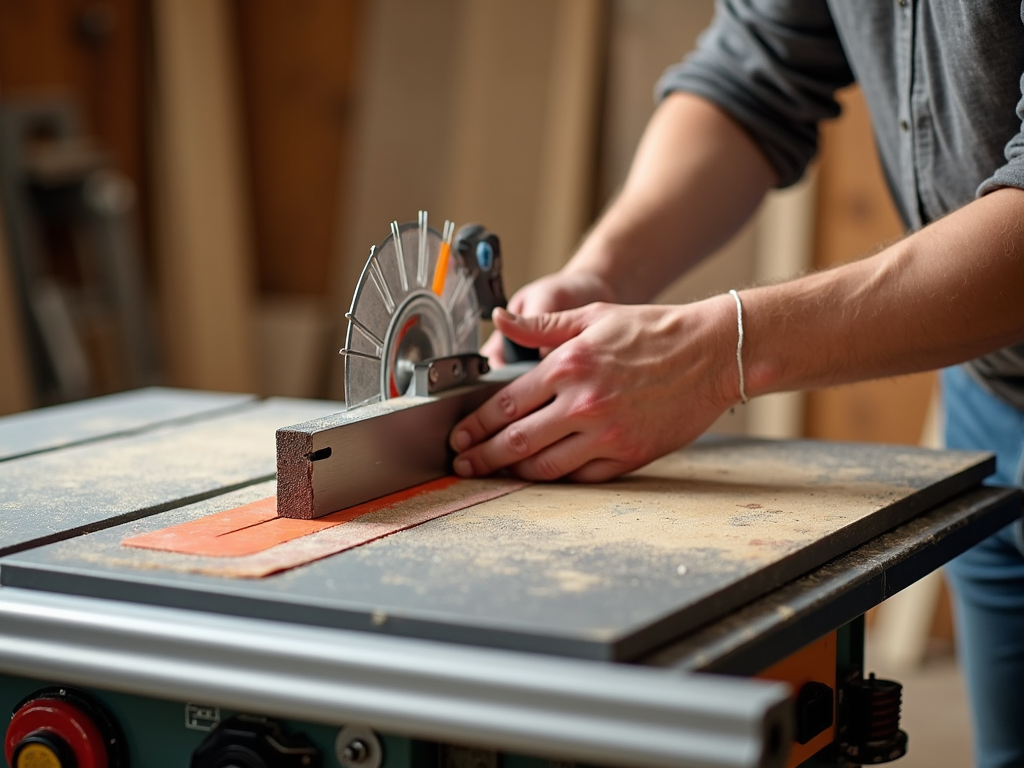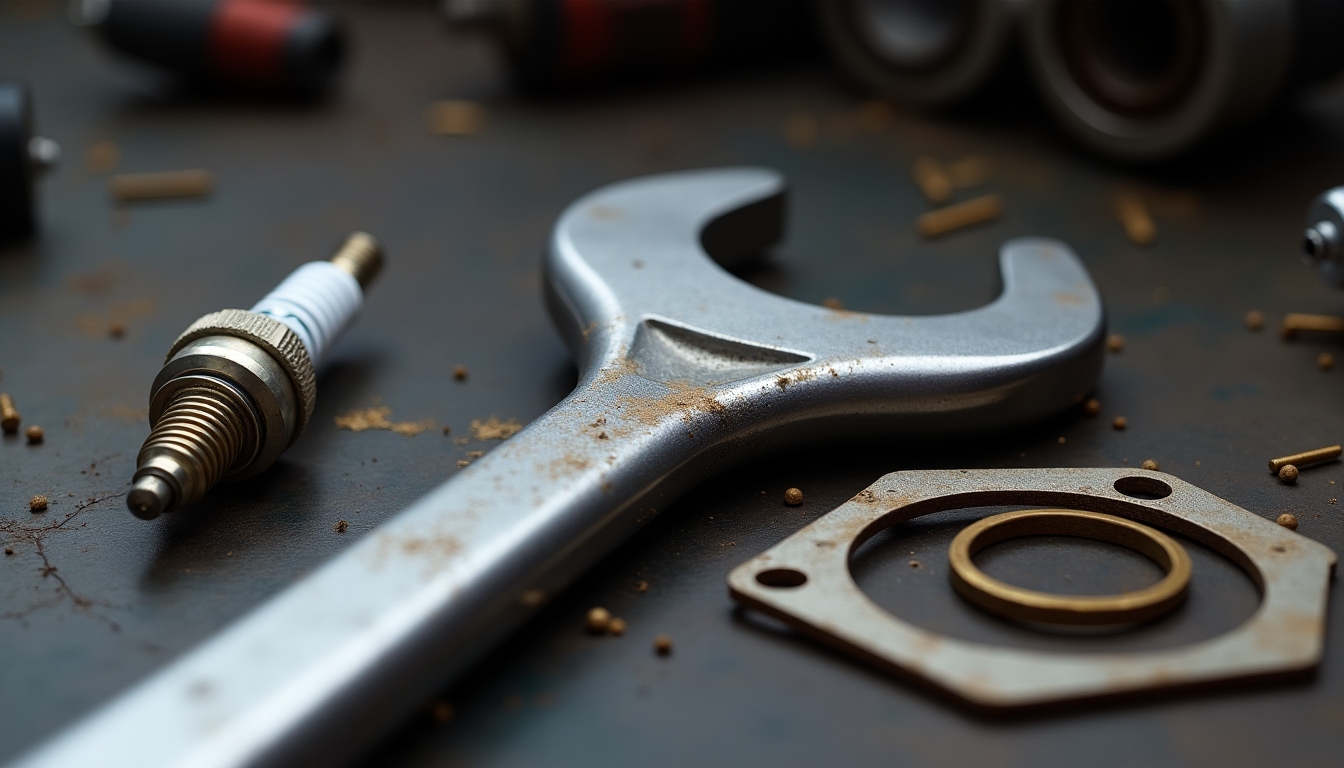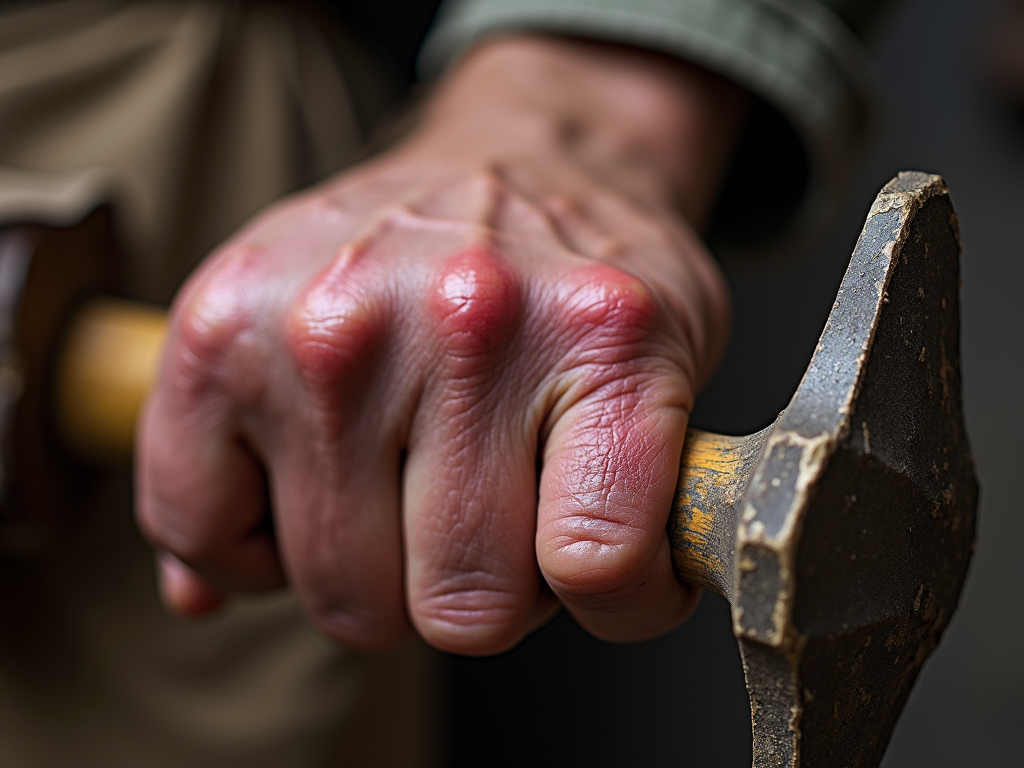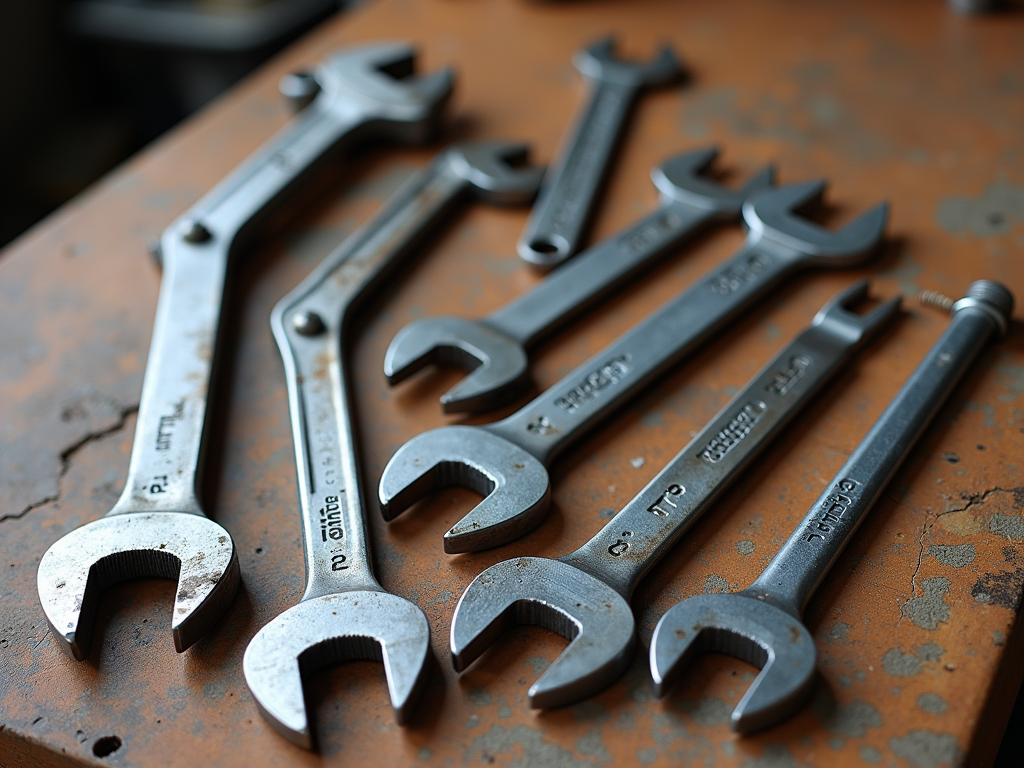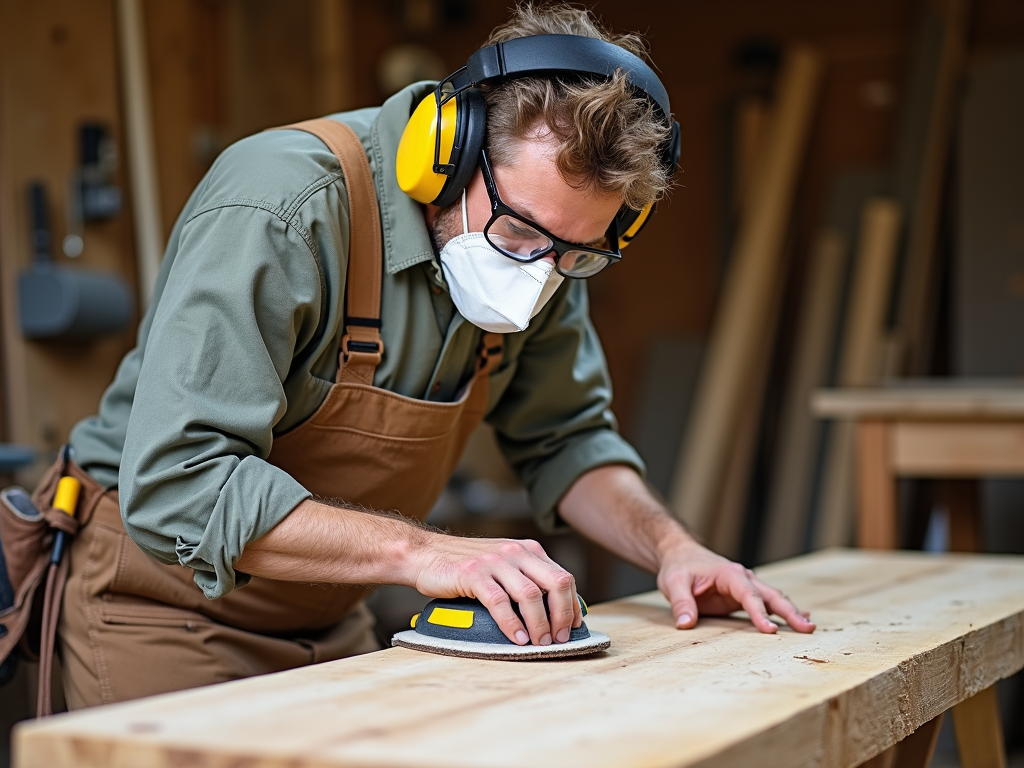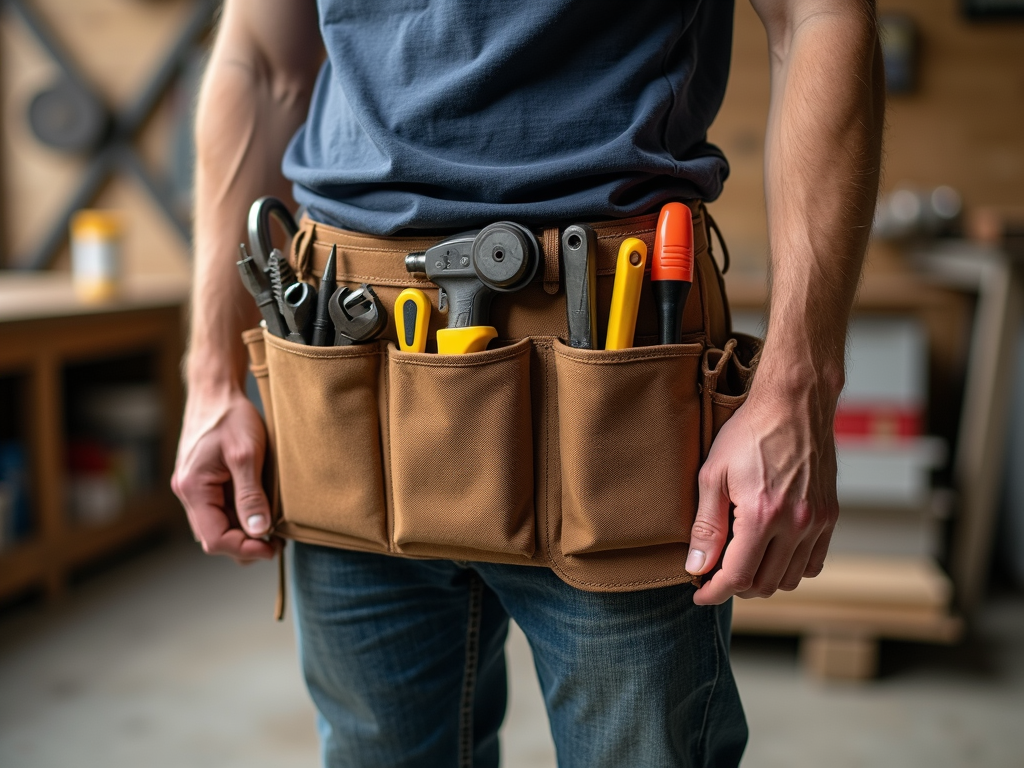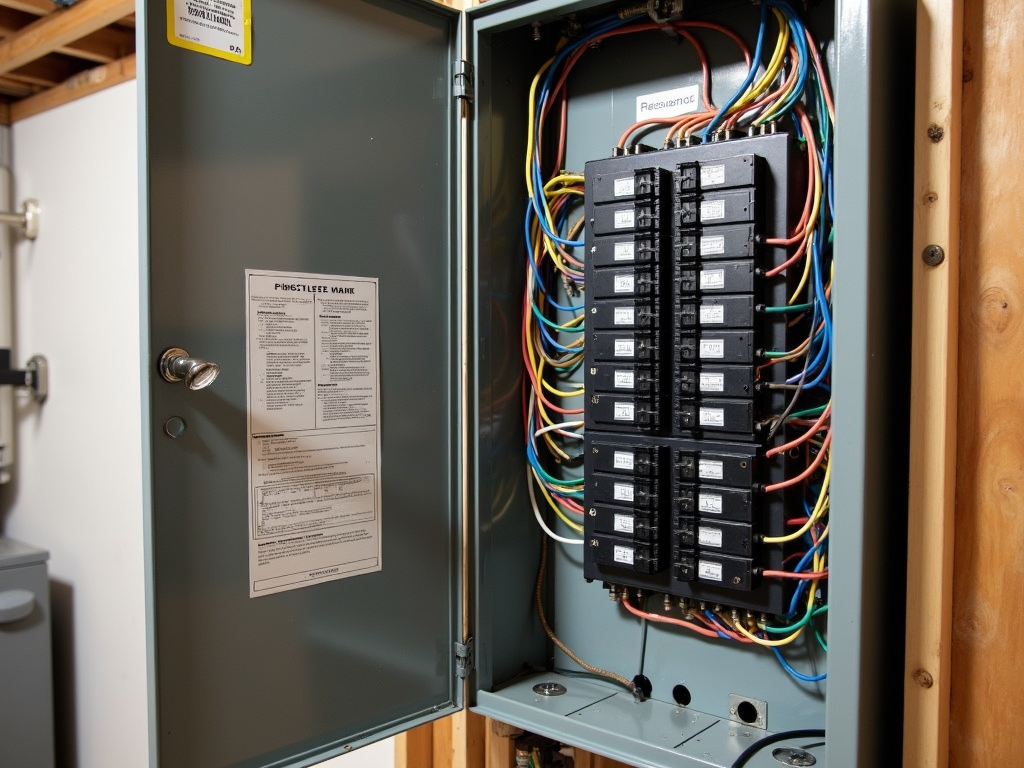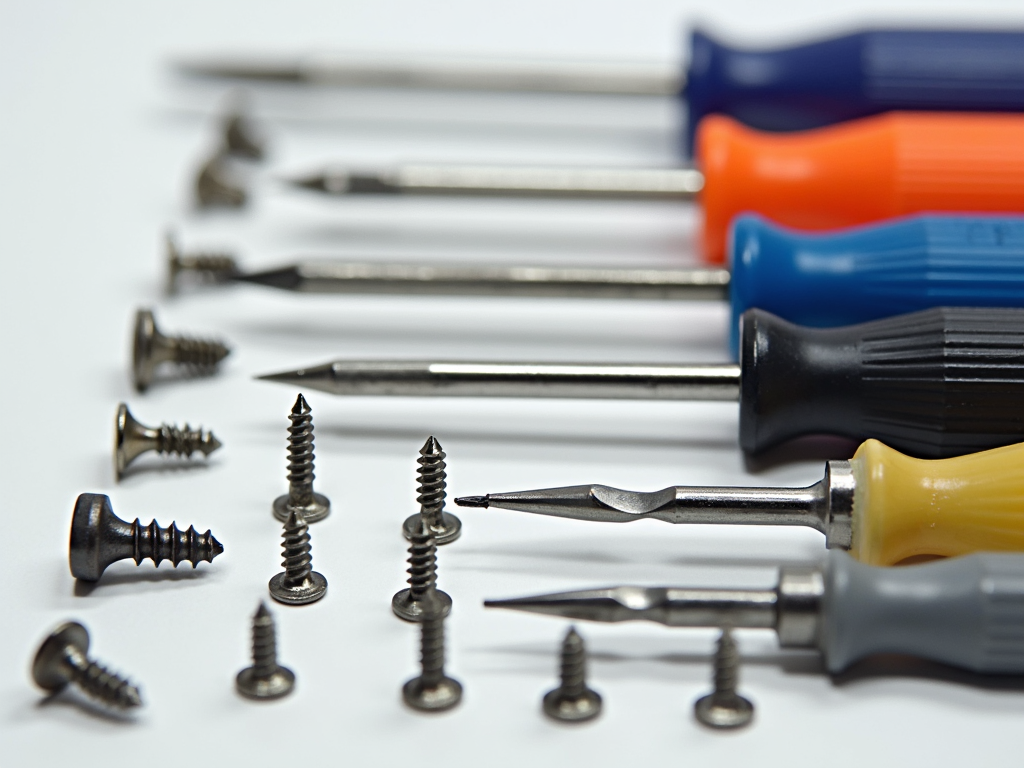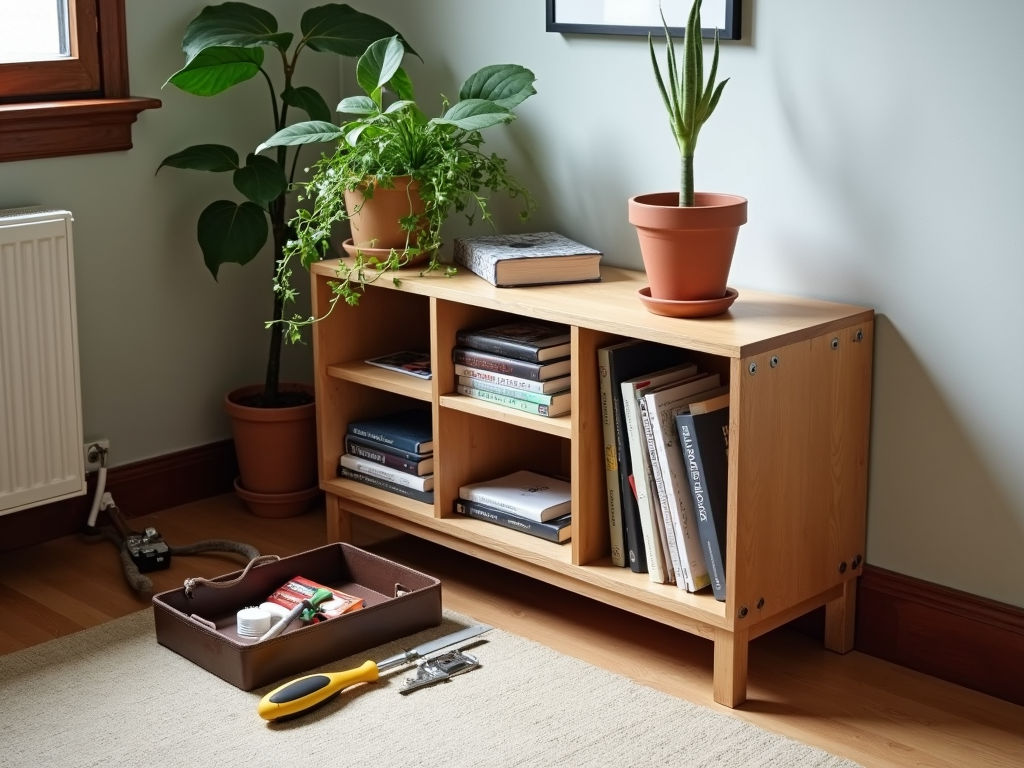Overview
Understanding OSHA safety regulations is a must for anyone working on construction sites. These rules keep workers safe from dangers like falls and equipment mishaps. In this article, we’ll break down key regulations, share tips for staying safe, and explore tools like tool belts that make a difference.
Why OSHA Matters on Construction Sites
Construction sites are full of risks—think falling tools, unstable scaffolds, or live wires. The Occupational Safety and Health Administration (OSHA) sets rules to tackle these hazards. Their goal? To make sure you go home safe every day. For example, OSHA’s standards cut down on accidents by requiring things like guardrails and proper training.
Key Regulation: Fall Protection
Falls are the top cause of death in construction. That’s why OSHA insists on fall protection for anyone working six feet or higher. Guardrails, safety nets, or harnesses can save lives. I’ve seen guys on my old crew tie off every time they climbed—it became second nature.
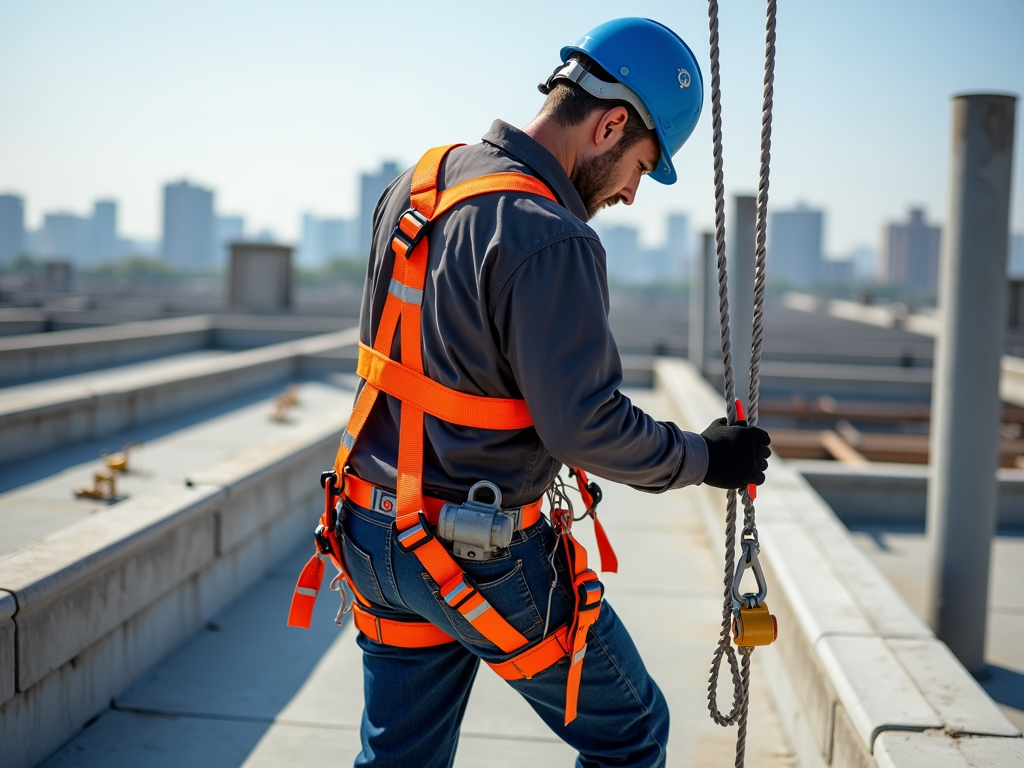
Scaffolding Safety Basics
Scaffolds are everywhere on construction sites, but they’re only safe if built right. OSHA says they need solid footing, secure planks, and regular checks. A buddy of mine once saw a scaffold tip because someone skipped an inspection—luckily, no one was hurt, but it was a close call.
Ladder Safety Rules
Ladders seem simple, but they cause plenty of falls. OSHA requires regular inspections and proper use—like keeping three points of contact. I always double-check the rungs before climbing. It takes two seconds and beats a trip to the ER.
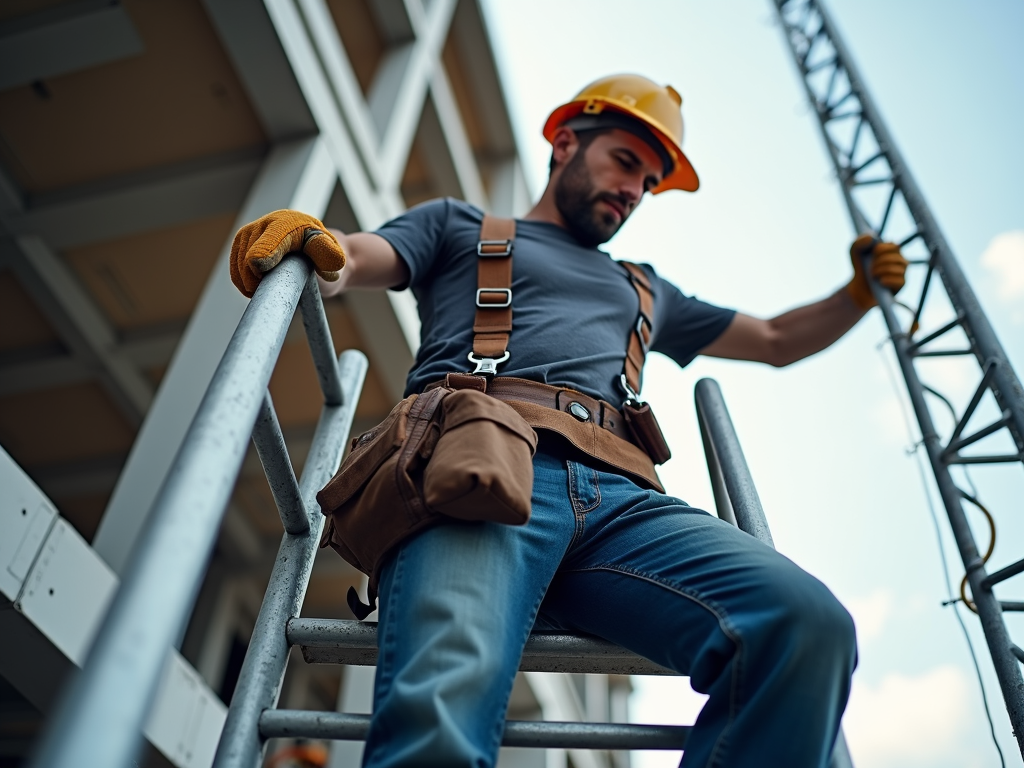
Personal Protective Equipment (PPE)
PPE is your first line of defense. Hard hats, safety glasses, gloves, and steel-toed boots are non-negotiable. OSHA spells out when to wear them—like hard hats anytime stuff could fall. I’ve had a wrench bounce off my helmet before; it’s why I never skip it.
How to Stay Safe on Construction Sites: Essential Tips
Staying safe isn’t hard if you stick to the basics. Here’s what works:
- Wear your PPE every day, no excuses.
- Look around—spot hazards before they spot you.
- Follow the rules, even when you’re in a rush.
- Keep your tools in good shape.
- Tell your boss about anything sketchy.
The Role of Tools and Tool Belts
Good tools make the job easier and safer. Tool belts for construction workers keep everything you need close by—hammers, screwdrivers, pliers, you name it. A solid tool belt means you’re not fumbling around or dropping stuff. I swear by mine; it’s like a second pair of hands.
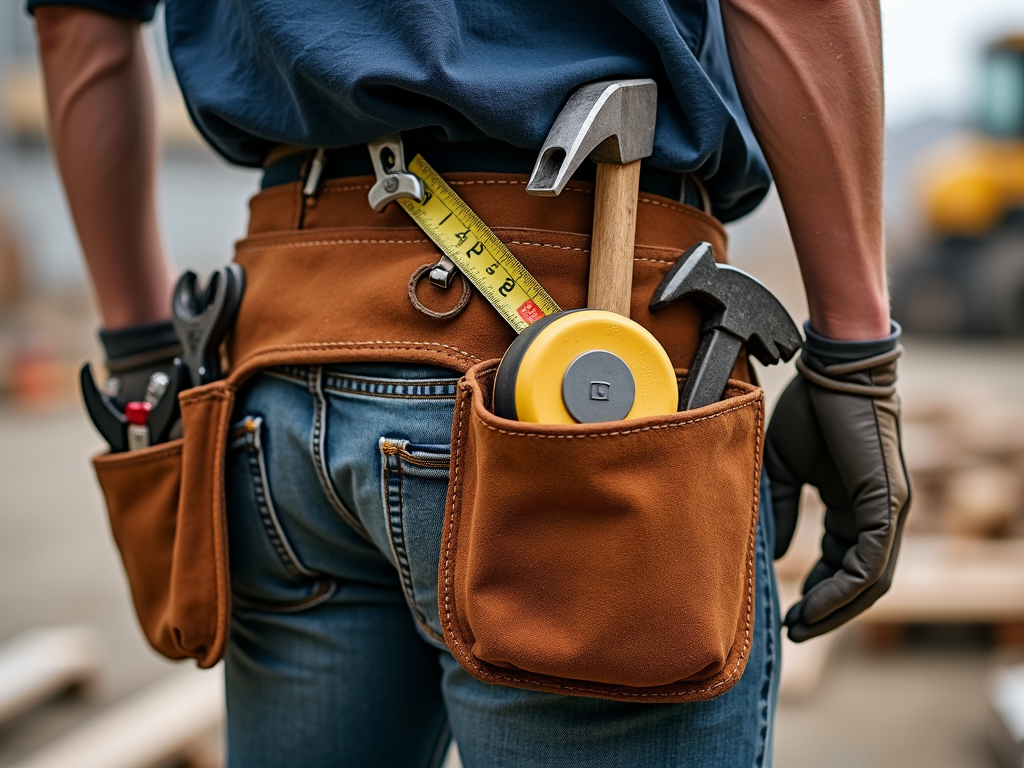
Picking the Right Tool Belt
Not all tool belts are the same. Carpenters might want spots for nails and a hammer loop, while electricians need insulated pouches. Brands like Occidental Leather or DEWALT make tough, comfy options. Mine’s got pockets galore—keeps me organized all day.
Workman Tools You Can’t Skip
Beyond tool belts, you need reliable workman tools. A sturdy hammer, trusty screwdriver, and solid wrench are must-haves. Cheap tools break fast and can hurt you. Spend a little more for quality—it pays off when you’re swinging a hammer 50 times a day.
Common Hazards and OSHA Fixes
Let’s talk hazards. Falls from heights? OSHA’s got fall protection rules. Electrocution? They demand grounded gear and training. Falling objects? Hard hats are required. Scaffolding fails? There are strict setup standards. These rules aren’t random—they target what kills.
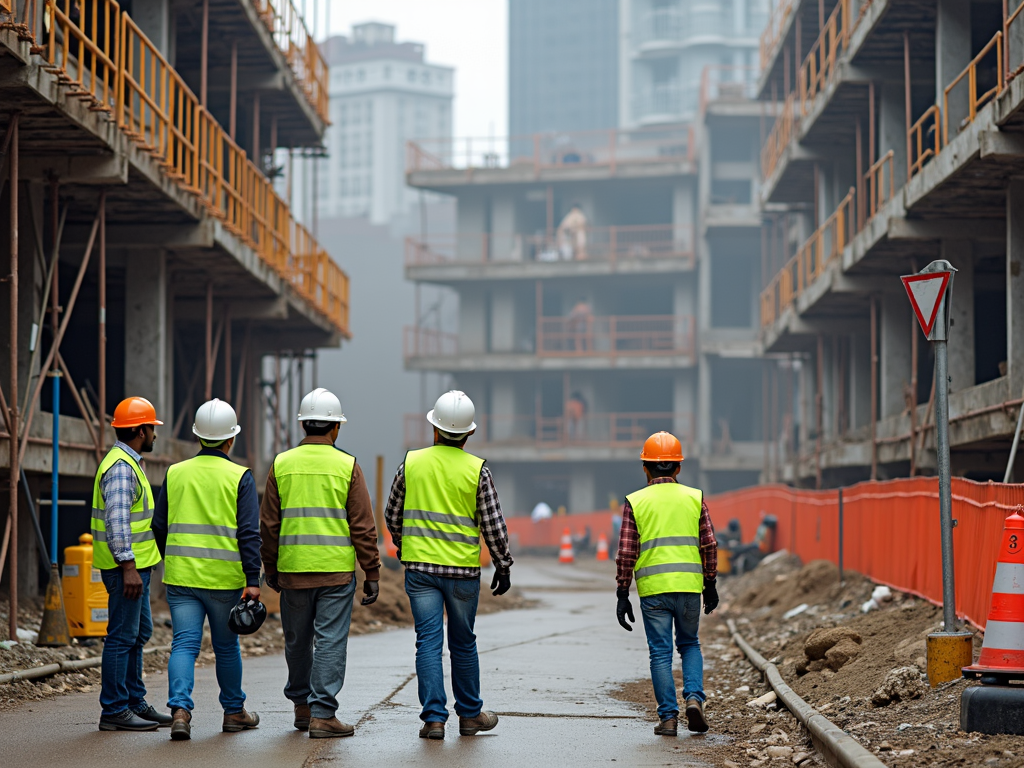
A Real Wake-Up Call
I’ll never forget this one job. A guy I worked with slipped off a scaffold—no harness. He broke his leg bad. After that, our crew got serious about safety. We started daily checks and huddles. It hit me: one dumb shortcut can change your life.
Training and Communication
OSHA doesn’t stop at gear. Employers have to train you—how to spot risks, use equipment, handle emergencies. They also need clear hazard warnings, like signs or labels. On my last site, we had a toolbox talk every morning. Kept us sharp.

Why It’s Worth the Effort
Following OSHA rules might feel like extra work, but it’s not. It’s about keeping you and your crew alive. The stats back it up—OSHA says compliance cuts injuries by over 60%. That’s real people going home to their families.
Summary
Understanding OSHA safety regulations for construction sites can save your life. Stick to the rules, use tool belts and solid workman tools, and stay alert. Safety’s not optional—it’s the job. Check out more resources to keep learning and stay safe.
Related Understanding OSHA Safety Regulations for Construction Sites:
- The Ultimate Guide to Table Saws with User-Friendly Features
- Understanding Torque Wrench Basics
- How to Sharpen Your Cutting Tools: The Ultimate Guide to Workshop Equipment Maintenance
- Preventing Injuries with Smart Tool Choices: A Guide to Worker Safety and Efficiency
- Types of Wrenches for Different Jobs: A Comprehensive Guide
- Beginner’s Guide to Woodworking Safety
- Revolutionizing Industry: Advanced Electrical Tools for Automation
- The Ultimate Guide to Hand Tools
- Must-Have Wrenches for Every Toolbox
- Upgrading Your Home’s Electrical System
- Screwdriver Safety Tips for Beginners: Essential Guide for Safe Tool Use
- DIY Projects for Beginners: A Guide to Getting Started and Maintaining Your Tools
